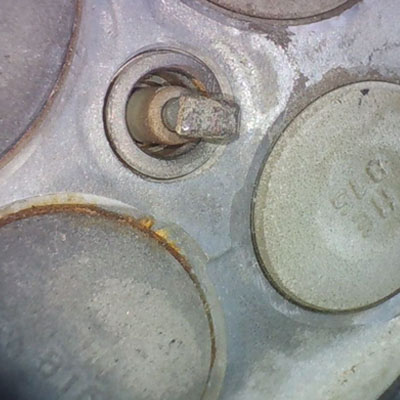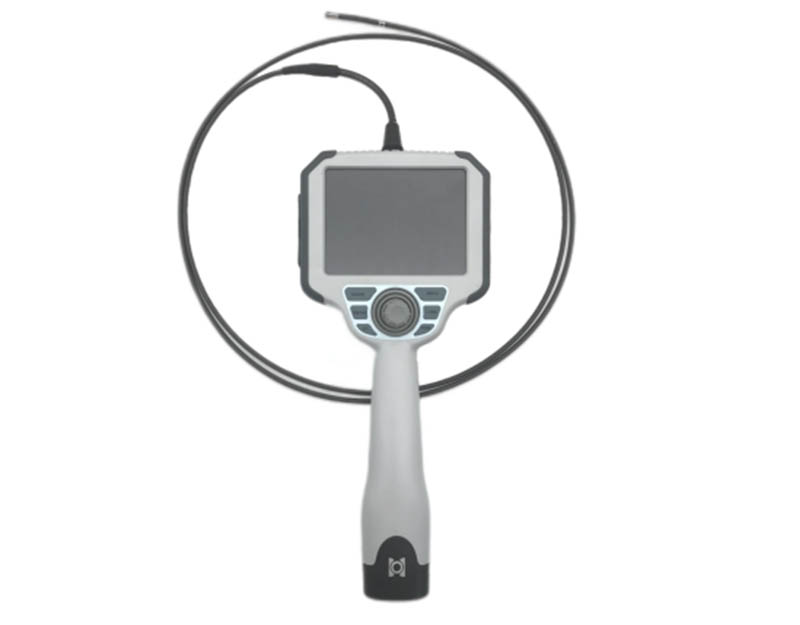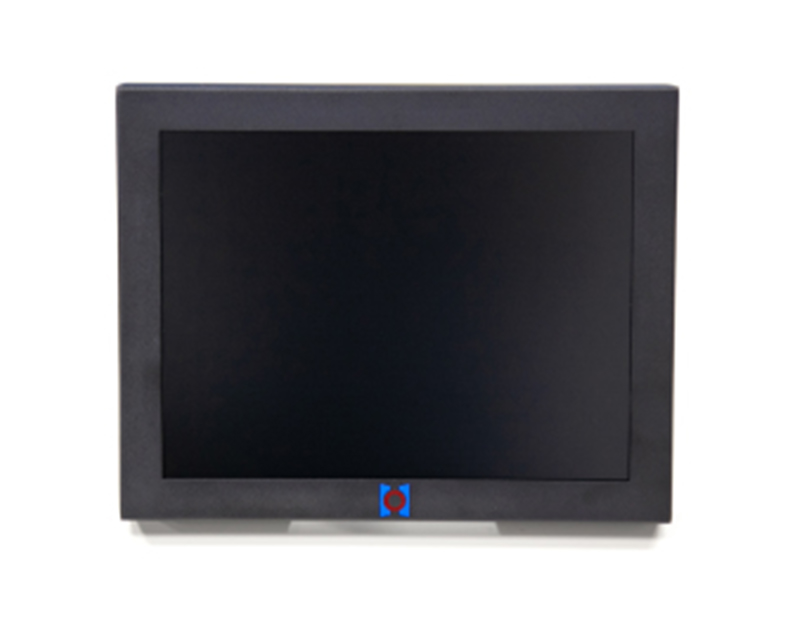
In modern car manufacturing, industrial endoscopes have become a crucial inspection tool. They help manufacturers quickly and accurately identify defects and issues hidden within car parts, thereby improving production efficiency and product quality.

The process of using an industrial endoscope to inspect car parts is straightforward. Operators simply insert the endoscope into the hole of the part to be inspected and then observe the interior of the part through the built-in optical lens. By using specific lighting techniques and magnification features, operators can see tiny details, such as cracks, wear, corrosion, and other defects caused by poor processing or assembly. In engine manufacturing, endoscopes can be used to detect damage or wear inside the cylinders or to check the working status of components such as pistons and valves. They can also be used to inspect the sealing and flow of critical parts such as oil pumps, water pumps, and fuel injectors.
Compared to traditional inspection methods, the advantages of using an industrial endoscope are obvious. Firstly, it allows non-destructive inspection of parts, avoiding misjudgments caused by the impact of the inspection process on the parts. Secondly, due to the small size and convenient operation of the endoscope, inspection speed is fast, which helps manufacturers quickly detect and solve problems, improving product quality. Finally, the use of an industrial endoscope can also help reduce costs by detecting problems at an earlier stage, avoiding production stoppages and recalls caused by defective parts.

Apart from the automotive industry, industrial endoscopes also have extensive applications in other fields such as aviation and aerospace, electric power, and mechanical manufacturing industries. In the aerospace industry, endoscopes can be used to inspect the wear and damage inside aircraft engines or to check the connection status and insulation performance of aviation cables. In the electric power industry, endoscopes can be used to inspect the internal structure and electrical connection status of high-voltage equipment, as well as the insulation performance of cables. In mechanical manufacturing, endoscopes can be used to inspect the wear and damage of machine tool parts or to check the quality and accuracy of internal holes in workpieces.

In conclusion, industrial endoscope technology has become an essential tool in modern manufacturing. Its use can help manufacturers quickly and accurately detect and solve problems, improve production efficiency and product quality, and reduce production and maintenance costs. With the continuous development and innovation of technology, industrial endoscopes will have even broader applications, becoming an even more indispensable technological tool in modern manufacturing.





Digging Deep: How to Choose the Right Industrial Borescope?
Quality, Illumination, Materials, and Service: Exploring the Determinants of Industrial Borescope Pr
Automotive Borescopes: Efficient Visual Inspection Tools for Automotive Maintenance and Repair
Industrial Borescope: A Versatile Inspection Tool for Enhancing Safety and Efficiency
Industrial borescope Technology: An Effective Means to Enhance Aircraft Engine Safety
Perspective on industrial quality: Non-destructive testing technology of industrial Borescope
Using industrial video borescope technology to explore the unseen world inside industrial areas.
Using video industrial borescope inspection technology breaks the detection limitations in existing